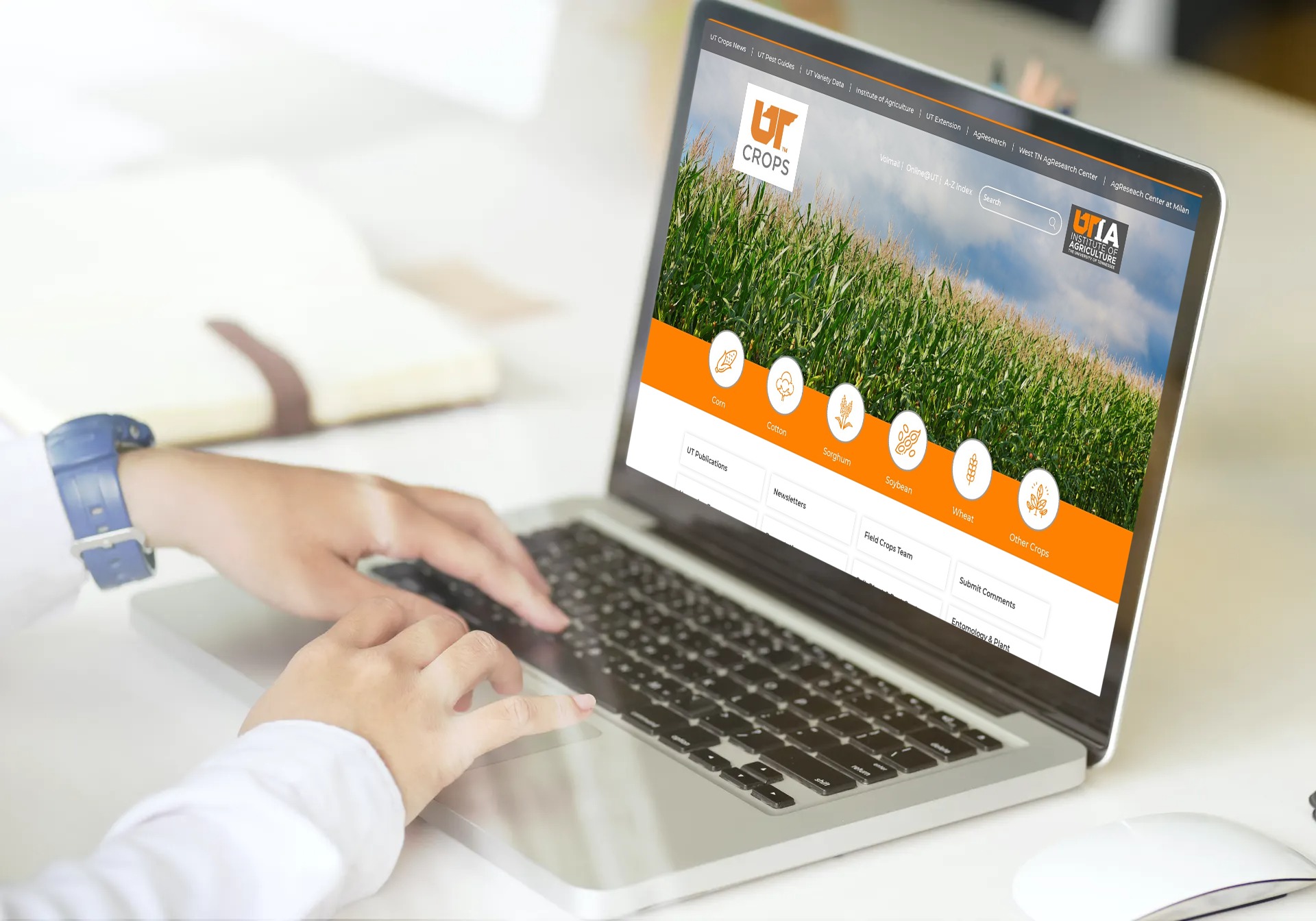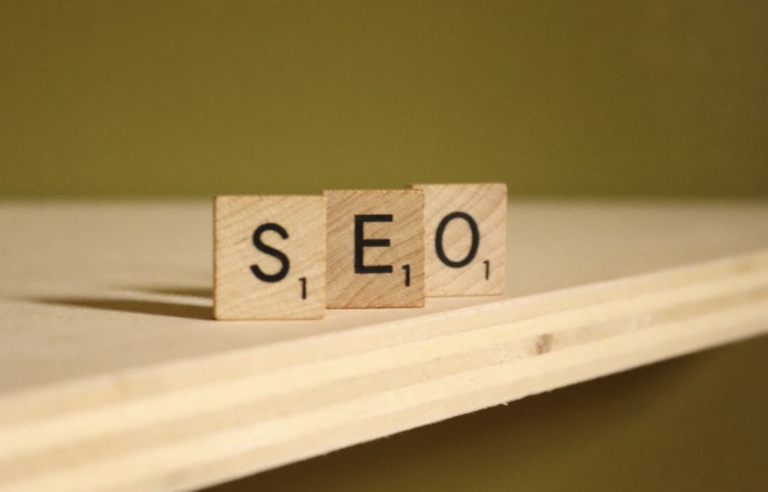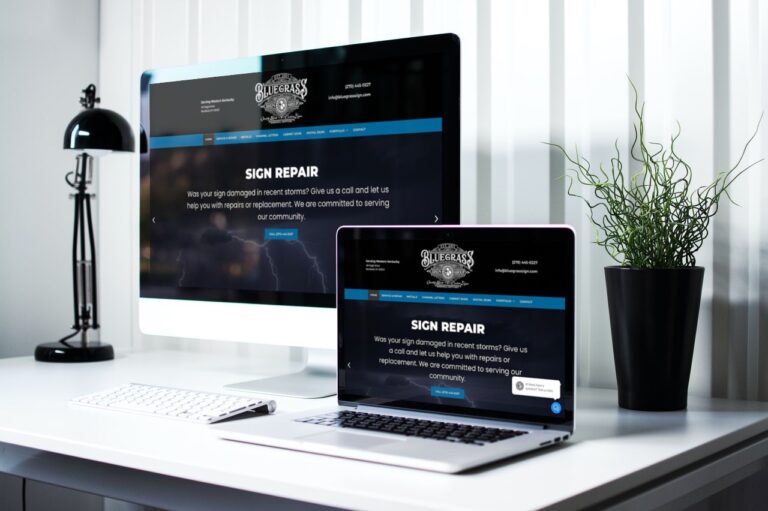Content Optimization 2021 – How to Make Your Content Better
With millions of websites publishing new content every single day, maintaining your website’s visibility can be quite a challenge. That’s why you need to focus on content optimization.
By definition, content optimization is the process of making a website’s pages more attractive to both search engines and users.
Therefore, with a content strategy that’s well put together, you will ultimately increase your website’s visibility, improve your content’s overall quality, and enrich the user experience.
Now, to create an effective Content Optimization Strategy, collaborating with digital creative agencies is recommended. However, in this article, we will share a few tips to give you a better idea of how this process should be done.
1. Know Your Goals
First and foremost, you have to figure out what you want to achieve from your Content Optimization strategy since that will determine how the entire process is going to take place.
People aim to achieve different goals from their strategy. For example, some might want to rank as high as possible in the search results, while others may want to improve on digital branding, increase their traffic or boost their revenue.
2. Write Good Content
Naturally, the most important step you have to take during the Content Optimization process is to simply write good content. Both users and search engines appreciate content that’s unique, relevant, and well-written. As a result, the chances of ranking higher in the search results will be higher.
3. Be Consistent
You need to keep in mind that you need to provide new content consistently since inactive websites will most likely drop down in search rankings.
If you’ve run out of fresh content ideas, here’s a trick. You can update already posted content. By doing this, you will draw the users’ attention to some of your older posts and signal the search engine robots that you are still active.
4. Optimize Title Tags
Not to be confused with the actual title, title tags are the clickable headlines that appear in the search results. They specify the name of a web page.
When it comes to optimizing title tags, you first need to watch out for their length. Having a title tag of under 60 characters is recommended. Otherwise, it may not be fully displayed in the search results, potentially omitting important words.
Secondly, make sure that you don’t go overboard with the keywords by adding multiple variations within the title, as the algorithms will take note of this and negatively impact your rankings. Furthermore, users won’t like this either.
Speaking of keywords, you should place the most important ones as close to the beginning of the title tag as possible, as it may impact your rankings.
Doing this will also attract users’ attention. In fact, studies have shown that most people will only scan the first two words of a title.
5. Optimize Meta Description
The meta description is the snippet of text that appears under the title tag.
The meta description frequently makes the user click on your page, so make sure that it offers an accurate explanation of the content within your page.
Also, just as with title tags, don’t forget to take your meta description length into account. The optimum length is usually around 165 characters.
6. Optimize H1 And H2 Tags
Leaving what’s displayed on the Search Engine Results Page behind, it’s time to take a look at what is showcased within a web page. Keep in mind to include headings and subheadings.
H1 and H2 tags basically tell search engines what type of content is on your page. With that said, make sure that they are descriptive and that they also include your target keywords.
Lastly, it would be best if you only used a single H1 tag for every page.
7. Optimize For Mobile
With over 50% of all web traffic being generated by mobile devices, having a website designed with smaller screens in mind is important. Not only that, but mobile-friendly sites typically rank higher in search engines as well.
With that said, besides the overall design of your website, its content might need some adjustments.
If your website’s content is mostly textual, keep in mind to be concise. Write short paragraphs and sentences so that mobile users can read the text comfortably.
Also, don’t forget to place the more engaging information in the upper portion of the screen. That way, you will be able to spark the users’ interest right from the beginning. And lastly, as search queries often differ from desktop to mobile, you will need to have mobile-optimized keywords as well.
Furthermore, if your website also contains visual elements, like images, it will have to be optimized for mobile. For optimizing images, you’ll have to work on Alt Tags and Image Tags.
The former describes the image’s appearance and function, letting search engines know the type of image they are looking at, just like with headings we talked about earlier. And image tags represent the words that appear once the cursor hovers over an image.
With that said, make sure that the Alt Tags and Image Tags are descriptive and contain relevant keywords, just like with H1 and H2 tags.
Final Words
All in all, when working on your content optimization strategy, remember to keep both the users and the search engines in mind.





